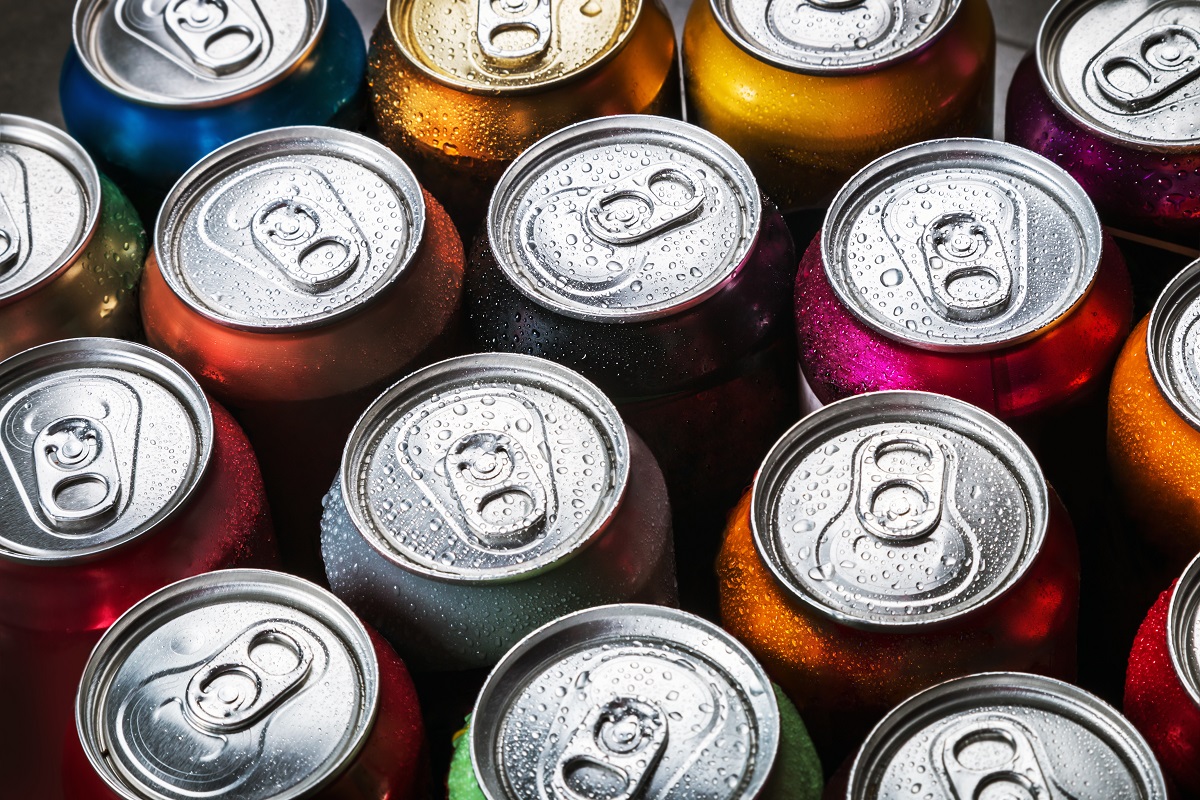Recommended

Event
VIRTUAL
May 04, 2022 9:00—10:00 PM Eastern Time (US & Canada) / Thursday, May 5, 9:00 -10:00 AM Manila TimeTwenty-eight lives are lost every minute to heart disease, cancer, diabetes, liver disease or chronic respiratory ailments. Twenty-five out of those deaths happen in low- and middle-income countries—where the populations are less protected and therefore face greater danger from, among other things, tobacco use, excessive alcohol consumption, and unhealthy diets.
Forty one million people die each year from these non-communicable diseases (NCD)—71 percent of all deaths globally, and more than 15 million of them are between the ages of 30 and 69 years. Heart diseases, 17.9 million people, account for most NCD deaths each year, followed by cancer (9.3 million), respiratory diseases (4.1 million), and diabetes (1.5 million). Smoking, excessive drinking of alcohol and unhealthy diets all boost the chances of dying from an NCD.
Many of these premature deaths can be avoided if countries enact forceful measures to reduce the risk of their citizens falling prey to these diseases.
Making it more expensive to consume tobacco, health-harming alcohol, and sugar-sweetened beverages is key to governments achieving this very important economic and social goal. Healthier populations mean less pressure on government coffers, greater labor force participation, and stronger economic output in the long run.
It is important to note that the proposal isn’t to impose a tax on all unhealthy foods—which would disproportionately affect the poor—but to target sugar-sweetened beverages. They are a significant factor in diets linked to obesity and diabetes, and over 50 countries have already imposed such levies.
In the near-term, the COVID-19 pandemic has dealt a major blow to the finances of many countries, a burden now compounded by soaring food and energy prices as well as rising interest rates. Too many low-income countries are in or near distressed debt levels.
The threat posed by inflation to basic standards of living means it is understandably the immediate priority of leaders around the world. But getting a handle on rising prices and protecting the health of the population are not mutually exclusive.
International financial institutions have highlighted the role that “targeted fiscal support” by governments can play in softening the impact of inflation on their most vulnerable, but warned that such policies must be counterbalanced by increased taxes or lower government spending.
This is where raising the prices of health-harming products through excise taxes comes in. They are an especially relevant fiscal policy tool in any broader package of governments’ response efforts in the wake of the pandemic.
Many developing countries also face growing risks of a debt crisis, and need to put policies in place to reduce deficits sustainably.
Estimates by the Center for Global Development suggest that health taxes, even excluding fuel taxes, could close at least half of the revenue shortfall of low- and middle-income countries in the near term.
Aside from the clear health benefit—saving lives—well-crafted health taxes would generate much needed funds. Low- and middle-income nations could raise up to 0.6-0.7 percent of GDP in additional tobacco, alcohol, and sugar-sweetened beverages revenues as a short- to medium-term revenue benchmark. The amount of revenue brought in would depend on many factors, including consumption level, institutional capacity, how much demand for the harmful products in a particular country is tied to their costs, existing tax rates, and structures.
As for how this would work in the current high-inflation environment, taxes on harmful products should be regularly or automatically tied to consumer price inflation data or indexed to nominal per capita GDP or nominal wage growth where timely data is available. This will ensure the tax base isn’t eroded, discourage unhealthy consumption habits, promote improved population health, and reduce health spending by governments.
Automatic indexation to maintain the real value of health taxes would not be a significant contributor to overall inflation. For example, the weight of tobacco, alcohol and non-alcoholic drinks in India’s CPI is 3.64 percent. Increasing excises by 10 percent to recoup losses for inflation in India in 2020 and 2021 would add less than 0.2 percent to annual inflation (assuming that taxes are half of retail prices). And, if additional health taxes provided room for fiscal authorities to lower taxes on other items, such as food or fuel, there would be no overall inflationary impact at all.
The World Bank and IMF, in their roles as international financial institutions, could do significantly more to promote health taxes in their lending programs to fill fiscal gaps, building on quite extensive past experience with support from the WHO and academic experts.
Health taxes have an important role to play in countries’ medium-term revenue strategies. After going into the red to combat the COVID-19 pandemic, this would help restore confidence in their fiscal policies, improve the overall health of the population, and increase the resources at governments’ disposal to build back better.
This blog was first published by AllAfrica on 28.10.2022
Disclaimer
CGD blog posts reflect the views of the authors, drawing on prior research and experience in their areas of expertise. CGD is a nonpartisan, independent organization and does not take institutional positions.






